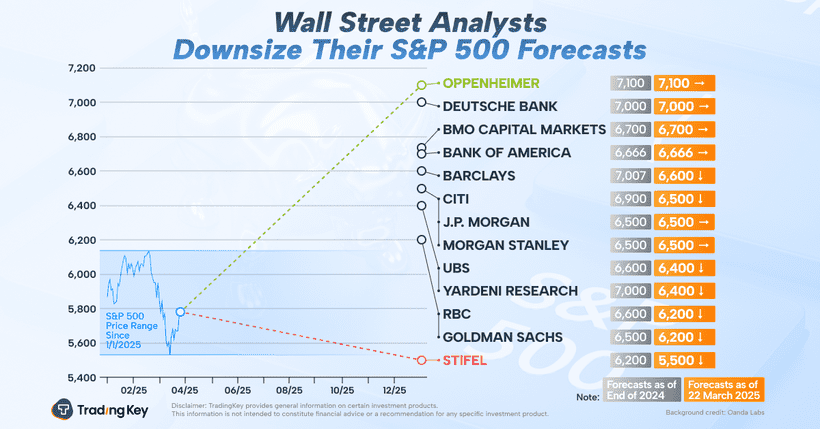- EUR/AUD climbs over 0.86%, rebounding off a low of 1.6198 as bullish sentiment takes hold.
- The pair tested but failed to breach the confluence of the 100 and 200-day SMAs at around 1.6378.
- Potential upward targets set at 1.6400 and 1.6500, with October highs in view; support remains near weekly lows of 1.6159.
The EUR/AUD snaps four days of losses and climbs over 0.86% on Wednesday, late in the North American session. At the time of writing, the cross-currency pair trades at 1.6341 after bouncing off daily lows of 1.6198.
EUR/AUD Price Forecast: Technical outlook
The EUR/AUD remains sideways; yet It tested the confluence of the 100 and 200-day Simple Moving Averages (SMAs) at 1.6378-67 but failed to extend its gains past that level, retreating below 1.6370.
Momentum has shifted bullish, as depicted by the Relative Strength Index (RSI), an indication that the pair could aim towards 1.6400.
If EUR/AUD clears the 1.6400 figure, the next stop would be 1.6500, followed by the October 31 peak at 1.6600.
Conversely, if the pair reverses below 1.64300, it could test the current week’s low of 1.6159. A breach of the latter will expose the October 2 low of 1.6005 before testing the yearly low of 1.5966.
EUR/AUD Price Chart – Daily

Euro FAQs
The Euro is the currency for the 19 European Union countries that belong to the Eurozone. It is the second most heavily traded currency in the world behind the US Dollar. In 2022, it accounted for 31% of all foreign exchange transactions, with an average daily turnover of over $2.2 trillion a day. EUR/USD is the most heavily traded currency pair in the world, accounting for an estimated 30% off all transactions, followed by EUR/JPY (4%), EUR/GBP (3%) and EUR/AUD (2%).
The European Central Bank (ECB) in Frankfurt, Germany, is the reserve bank for the Eurozone. The ECB sets interest rates and manages monetary policy. The ECB’s primary mandate is to maintain price stability, which means either controlling inflation or stimulating growth. Its primary tool is the raising or lowering of interest rates. Relatively high interest rates – or the expectation of higher rates – will usually benefit the Euro and vice versa. The ECB Governing Council makes monetary policy decisions at meetings held eight times a year. Decisions are made by heads of the Eurozone national banks and six permanent members, including the President of the ECB, Christine Lagarde.
Eurozone inflation data, measured by the Harmonized Index of Consumer Prices (HICP), is an important econometric for the Euro. If inflation rises more than expected, especially if above the ECB’s 2% target, it obliges the ECB to raise interest rates to bring it back under control. Relatively high interest rates compared to its counterparts will usually benefit the Euro, as it makes the region more attractive as a place for global investors to park their money.
Data releases gauge the health of the economy and can impact on the Euro. Indicators such as GDP, Manufacturing and Services PMIs, employment, and consumer sentiment surveys can all influence the direction of the single currency. A strong economy is good for the Euro. Not only does it attract more foreign investment but it may encourage the ECB to put up interest rates, which will directly strengthen the Euro. Otherwise, if economic data is weak, the Euro is likely to fall. Economic data for the four largest economies in the euro area (Germany, France, Italy and Spain) are especially significant, as they account for 75% of the Eurozone’s economy.
Another significant data release for the Euro is the Trade Balance. This indicator measures the difference between what a country earns from its exports and what it spends on imports over a given period. If a country produces highly sought after exports then its currency will gain in value purely from the extra demand created from foreign buyers seeking to purchase these goods. Therefore, a positive net Trade Balance strengthens a currency and vice versa for a negative balance.



.jpg)


